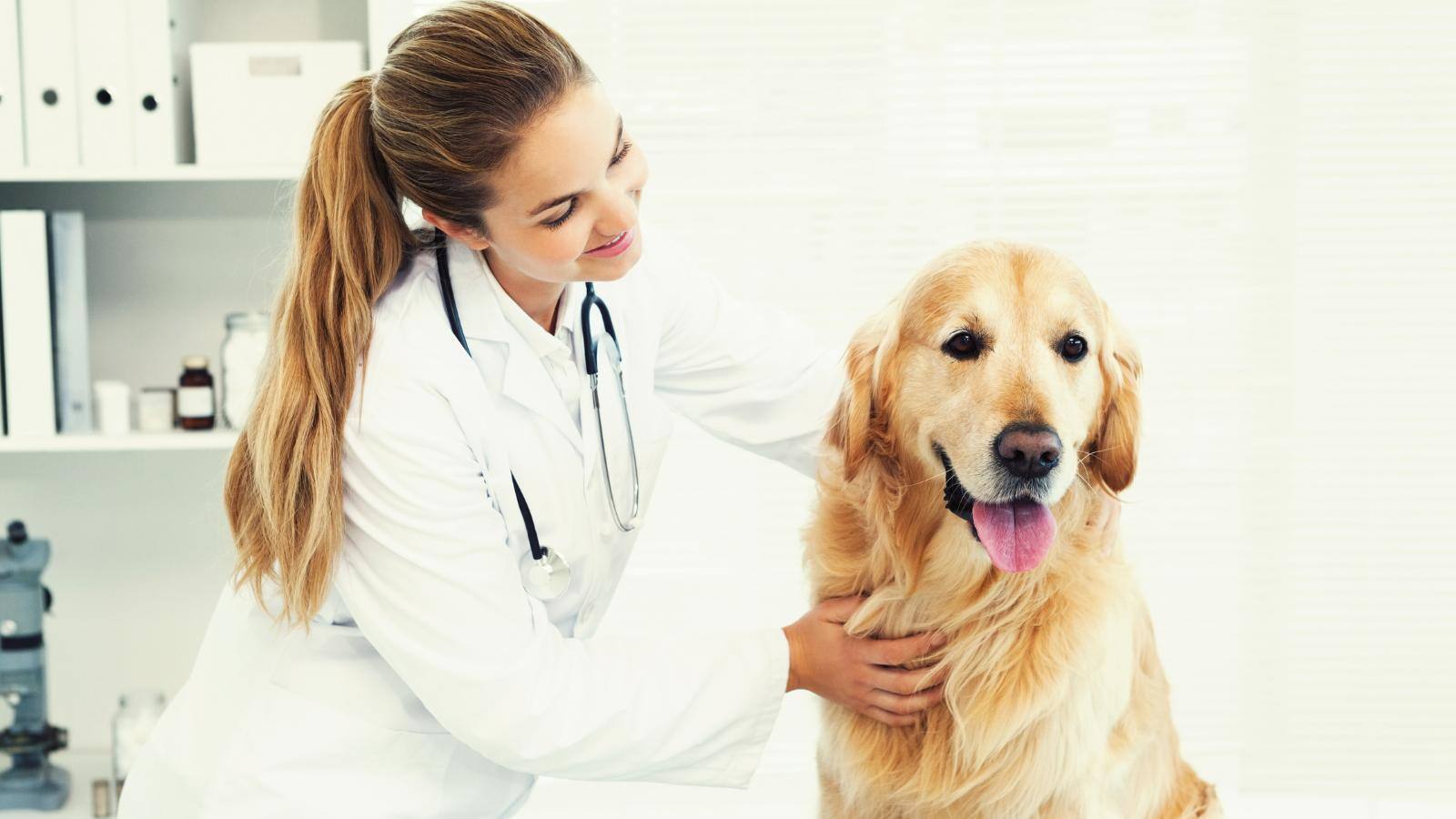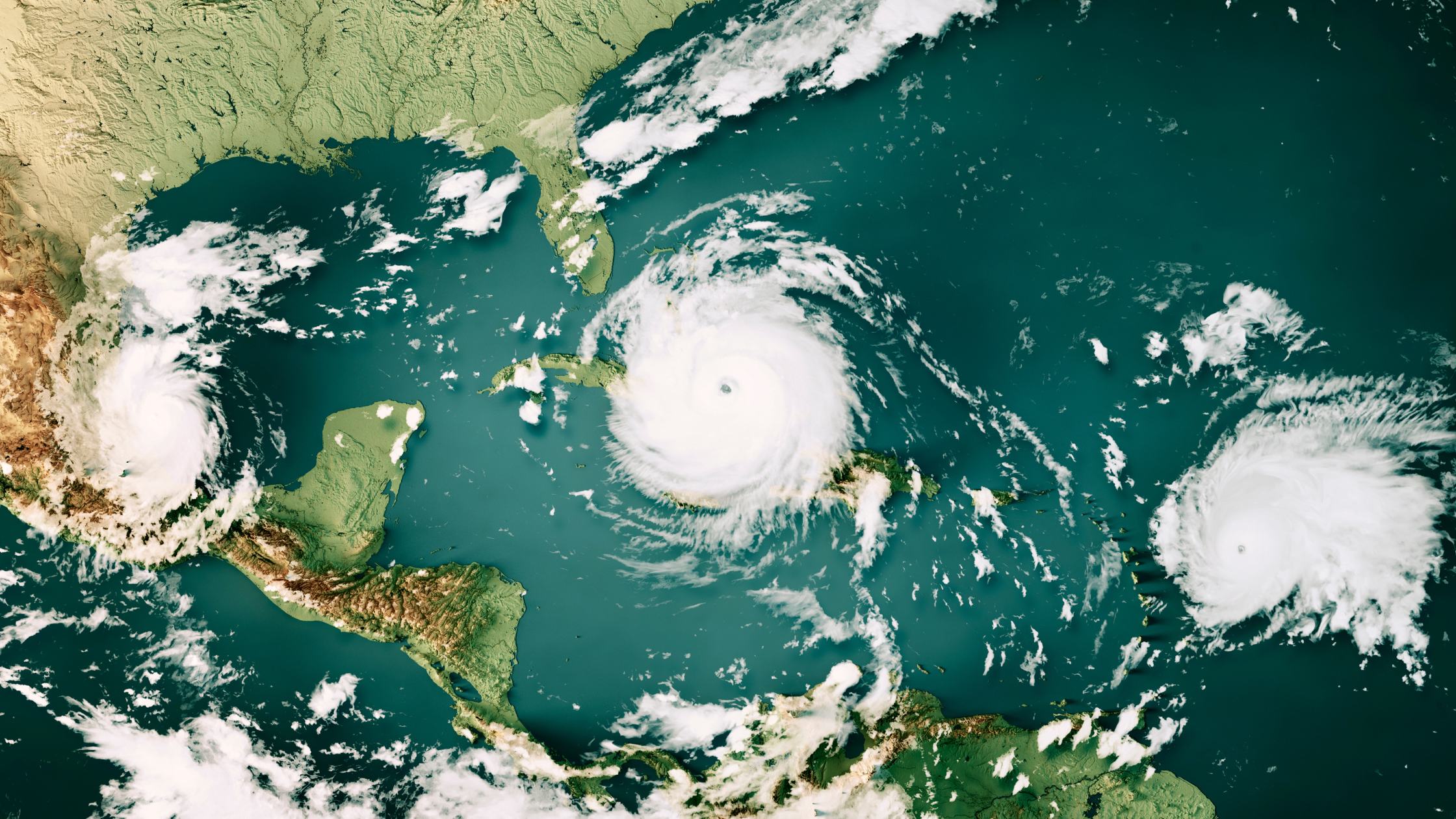How Spring Thaw Puts Your Property at Risk
Spring thaw varies depending on your location, but as winter fades and warmer temperatures take over, commercial properties face new challenges. Snow...

Disasters can strike at any time, leaving your animal care facility vulnerable if you are unprepared. Whether facing a natural disaster like a hurricane or a man-made emergency, the key to ensuring the safety and well-being of the animals in your care lies in thorough preparation.
With June marking Pet Preparedness Month, now is the ideal time to evaluate and enhance your disaster preparedness plan. In this article, we’ll explore how animal care facilities, such as veterinary clinics and animal rescues, can create a robust disaster preparedness plan. From assessing risks to establishing strong communication channels, we’ll cover everything you need to know to keep your facility operational during challenging times.
Identifying risks involves considering worst-case scenarios for your business. Determine the types of risks or disasters that might affect your facility based on your geographic location. Consider weather-related events like hurricanes, earthquakes, tornadoes, derechos, and flooding. Also, think about other risks such as utility disruptions, civil unrest, or chemical leaks.
Is your facility structure sound enough to withstand strong winds or storms? Hire a building engineer to evaluate the integrity of your facility and identify weaknesses or potential hot spots. Examine the roof, windows, walls, and doors.
Prepare for civil unrest by having a plan to protect animals and staff. Partner with a restoration company to secure your building if damage occurs.
Most animal care facilities have expensive treatment and surgical equipment that may need special handling post-disaster. Learn from machine manufacturers the best ways to protect and transport this equipment in emergencies.
Evaluate how different scenarios could impact your business. What would happen if your internet and phone lines went down, your lab equipment became inoperable, or you had to temporarily close your facility? Understanding these impacts is crucial for effective planning. Consider what you would do if your animal care facility lost running water, electricity, or sustained roof damage.
How would you house animals if your facility became uninhabitable? Would you find a temporary warehouse or office to take critical animals? Would you communicate with clients about the situation and ask them to pick up their animals?
Medical facilities have disaster plans for patient care, transport, and continued care based on the patient's condition. Similarly, your animal care facility needs a disaster preparedness plan to ensure uninterrupted animal care.
Develop a strategy to minimize risks or their effects. Establish a partnership with a commercial restoration company like CRC to handle building damage from water, structural issues, fires, or power outages, and to assist with reconstruction.
Create a protocol for transporting animals to a safe location to manage animal care under various scenarios such as flooding, power loss, roof damage, or fire. Determine who will help transport animals in crates and large animals by trailer.
A detailed plan for every possible scenario will help mitigate risks, ensure quick response times, and maintain client satisfaction, ultimately reducing the financial impact on your practice and allowing you to reopen your doors swiftly.
Prepare a comprehensive resource list, including emergency contacts like your insurance company, commercial restoration team, state and local agencies, utility companies, and partner businesses that could temporarily house your animals until your facility is operational again. Partner with large and small animal transport services to ensure priority service during a disaster. Collaborate with medical equipment transport companies to safely move your equipment, saving you thousands of dollars and preventing business interruption.
Don’t forget about your pharmaceutical materials. Secure them post-storm or during civil unrest to prevent public access, maintaining community safety.
Educate your animal care team about the preparedness plan and establish clear communication channels for use during a disaster. Develop a plan to communicate with your team and clients during storm disasters, power outages, and loss of cell towers. Sharing your plan with clients will enhance your reputation as a proactive and caring provider and inform them of steps they can take to stay connected before and after a disaster.

Establish a communication team responsible for disseminating information to the team and clients before a disaster to alleviate confusion and chaos post-disaster.
Creating a large animal and family pet care preparedness checklist, including your plan with clients via your website or in their animal care packet, will allow clients to understand the procedures if their animal is in your facility during a disaster.
Being prepared is not just about protecting your business—it's about safeguarding the lives of the animals in your care and maintaining trust with your clients. By assessing risks, reviewing potential impacts, mitigating risks, creating strategic partnerships, and effectively communicating your plan, you can ensure your animal care business is resilient and ready to face any emergency. Remember, a well-prepared business is a beacon of reliability and compassion in times of crisis.
Reach out to CRC today to discuss how we can assist your animal care facility with disaster planning and post-disaster recovery.

Spring thaw varies depending on your location, but as winter fades and warmer temperatures take over, commercial properties face new challenges. Snow...

We responded first and when no one else could to quickly bring four hurricane-battered hotels back to pre-loss condition well ahead of schedule.

A bomb cyclone, also known as bombogenesis, is a meteorological phenomenon that unleashes the fierce power of winter storms. It occurs when a storm's...